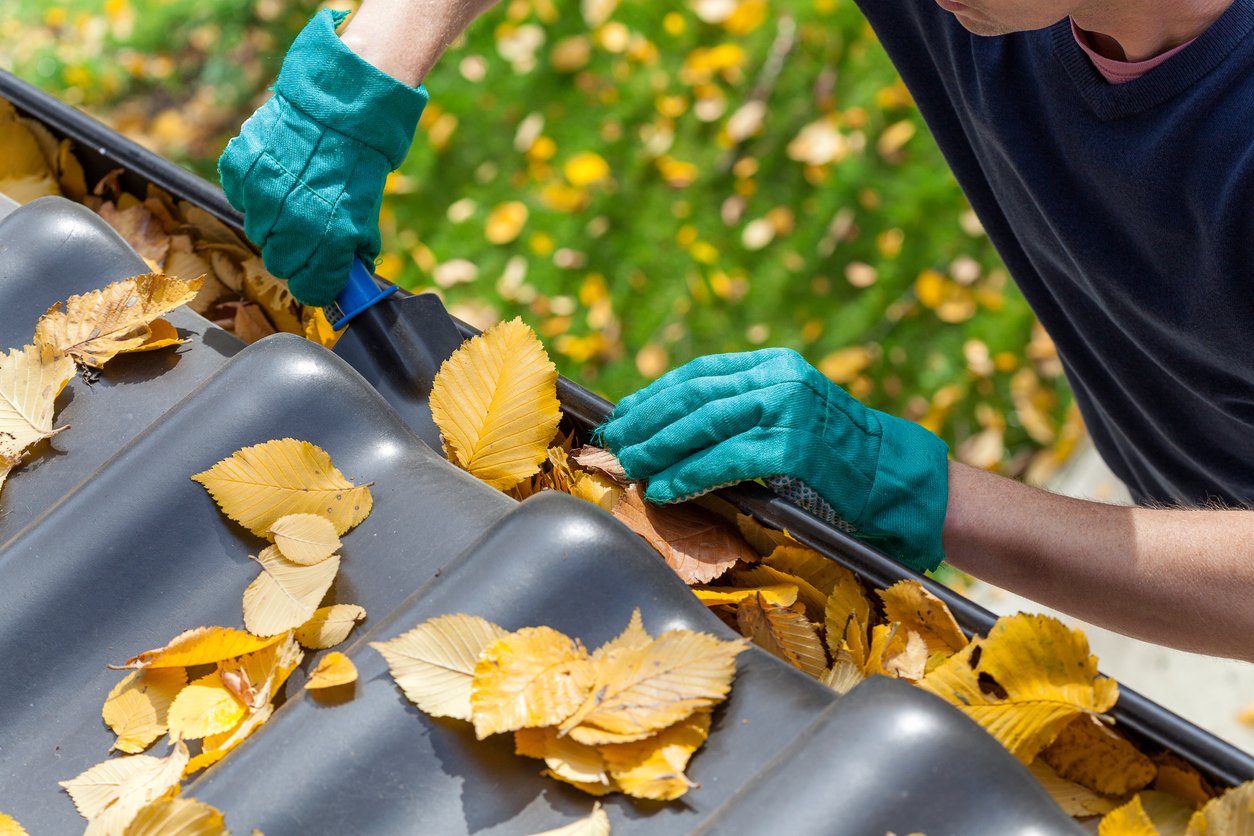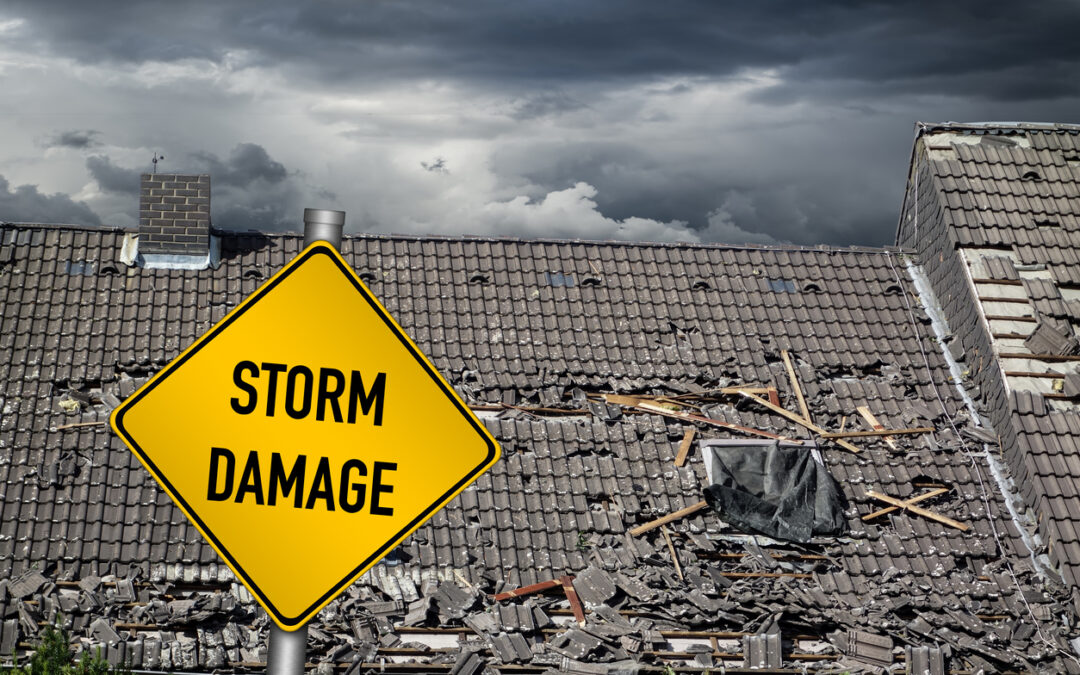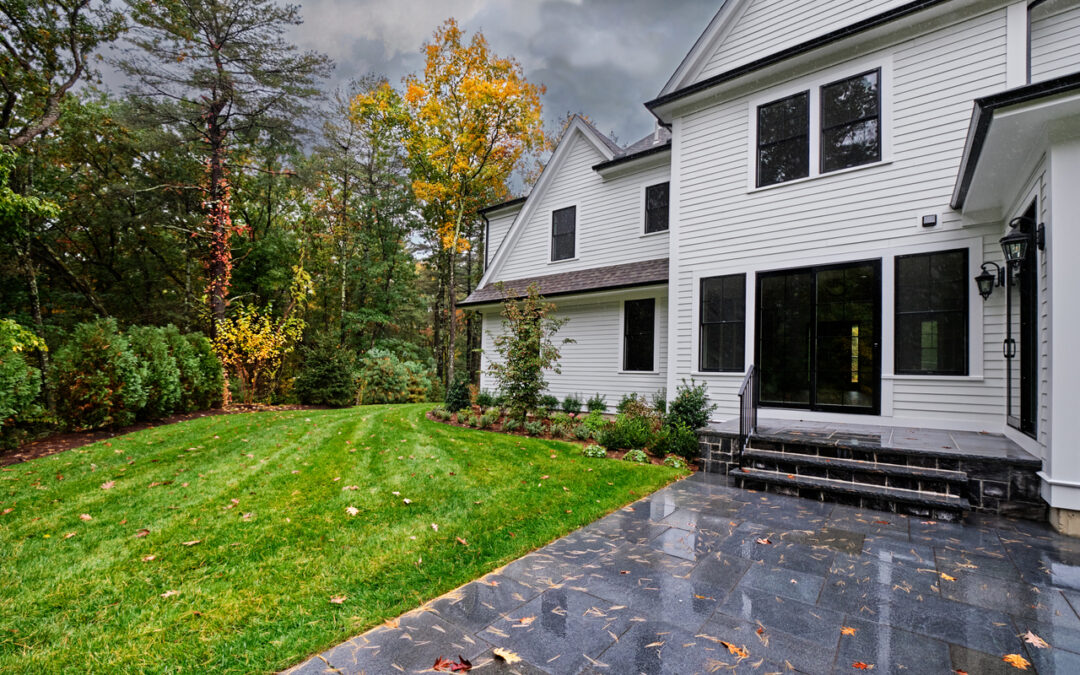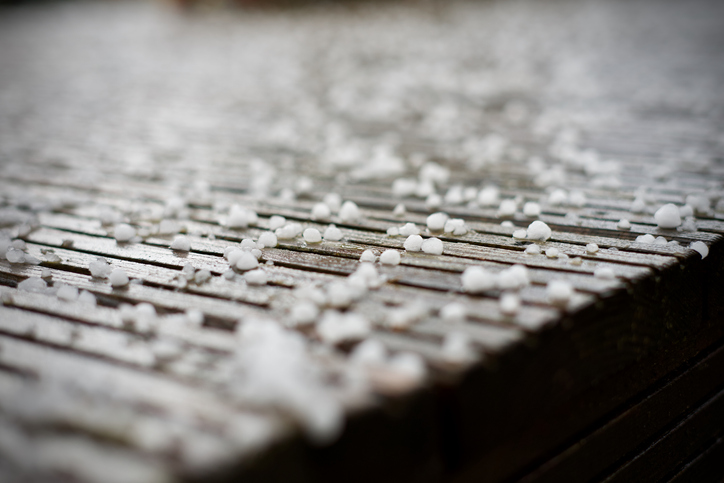
by royalcrownroofing | Aug 26, 2023 | Roof Maintenance
By taking the time to care for your roof now, you can prevent costly repairs and ensure the safety and comfort of your home for years to come. One essential aspect of fall home maintenance is ensuring the integrity of the roof. Here is a fall roofing checklist to help homeowners get their roof ready for the upcoming colder season:
Begin by conducting a thorough inspection of your roof. Look for signs of damage, such as cracked or missing shingles, damaged flashing, or loose nails. Identifying issues early on can prevent them from worsening during fall and winter weather conditions.
Clogged gutters and downspouts can lead to water backup, which can damage your roof and cause leaks. Clean out any debris, leaves, and dirt from the gutters and ensure that downspouts are clear to allow proper water drainage.
Fall means falling leaves and potentially falling branches. Trim any overhanging branches that could pose a threat to your roof during storms or heavy winds. This will help prevent damage to your roof and avoid the need for emergency repairs.
Proper attic ventilation is essential for preventing moisture buildup and maintaining the efficiency of your roofing materials. Check that your attic vents are clear and unobstructed to allow for adequate airflow.
Examine your attic for any signs of water leaks or moisture intrusion. Look for water stains, damp insulation, or any musty odors, as these can indicate roof leaks that need to be addressed promptly.
Inspect the flashing around chimneys, vents, and skylights. Seal any gaps or cracks to prevent water from seeping into your home. Properly sealed flashing will help keep your roof watertight and protect against leaks.
In the fall, pests may seek shelter in your attic or roofing materials. Look for signs of pest infestation, such as droppings or gnawed materials, and take appropriate measures to address the issue.
If you noticed any damage during your inspection, it’s essential to address it promptly. Schedule repairs with a professional roofing contractor to ensure that your roof is in optimal condition before winter arrives.
Proper attic insulation can improve energy efficiency and prevent heat loss during the colder months. Ensure your attic is adequately insulated to reduce the strain on your heating system and save on energy costs.
Take some time to review your homeowner’s insurance policy to understand what is covered in case of roof damage. Consider any necessary adjustments to your coverage to provide adequate protection for your home and roof.
If you are unsure about conducting a roof inspection or performing any repairs yourself, don’t hesitate to seek help from a professional roofing contractor to get the job done right. Royal Crown Roofing will help you do the inspection and any needed repairs. Call them for help.

by royalcrownroofing | Aug 19, 2023 | Roof Damage
Our Houston area wind, hail, and rainstorms have the potential to cause significant damage to our roofs. As a homeowner, it’s essential to know how to spot roof damage after a storm in order to address any issues promptly and prevent further deterioration.
Here are some suggestions:
Before climbing up on the roof, start by inspecting your property from the ground. Look for any visible signs of damage such as missing or displaced shingles, bent or dented metal panels, or debris scattered around the yard that might have come from the roof.
Inside your home, inspect the ceilings and walls for water stains or discoloration. Water stains are a clear indication of roof leaks, and their presence suggests that immediate attention is required to prevent further water damage and mold growth.
If it’s safe to do so, conduct a close-up inspection of your roof. Check for any missing, cracked, or damaged shingles. High winds and hail during summer storms can cause shingles to lift, crack, or tear, leaving the underlying roof structure exposed to the elements.
Pay close attention to the flashing around chimneys, vents, and skylights, as well as the seals around them. Damaged flashing and seals can result in water seepage and leaks, so any signs of wear or separation should be addressed promptly.
On asphalt shingle roofs, look for granule loss. The protective granules on shingles shield them from the sun’s UV rays and provide weather resistance. If you notice excessive granule loss in gutters or on the ground, it may indicate the need for roof repair or replacement.
If your roof is made of metal, check for dents caused by hail or debris impact. Even small dents can compromise the roof’s integrity and should be addressed to prevent further damage.
Clean out your gutters and downspouts and check for any granules, pieces of shingles, or debris. If you find an unusual amount of roofing materials in your gutters, it might be a sign of roof damage.
From the ground, look for any noticeable sagging or unevenness in the roof’s structure. A sagging roof may indicate structural damage and should be inspected by a professional immediately.
If accessible, inspect your attic after a storm. Look for signs of moisture, such as water stains, damp insulation, or a musty odor. Any signs of water intrusion in the attic may suggest roof damage.
If you are unsure about the extent of the damage or do not feel comfortable conducting a roof inspection yourself, it is best to seek assistance from a professional roofing contractor like Royal Crown Roofing to properly assess and address any storm-related damage. Remember, a well-maintained roof is essential for the safety and security of your home and family. Contact Royal Crown Roofing for your roofing needs.

by royalcrownroofing | Aug 12, 2023 | Severe Weather
Late summer storms can be powerful and unpredictable, posing a significant threat to your home’s roof. As a homeowner, it is essential to take proactive measures to protect your roof from potential damage during these severe weather events.
What can you do to be prepared?
Schedule regular roof inspections!
Do it ideally before the late summer season–it’s vital for identifying existing issues and potential weak points in your roof. A professional roofer can assess the condition of your roof, detect any signs of wear and tear, and recommend necessary repairs or maintenance.
Reinforce Roofing Materials!
Consider using impact-resistant roofing materials. Impact-resistant shingles made from materials like asphalt, metal, or synthetic materials are designed to withstand the force of hail and debris during storms. Investing in these materials can provide an added layer of protection for your roof.
Trim Overhanging Branches!
Overhanging branches from nearby trees can pose a risk to your roof during storms. Strong winds can cause these branches to break and fall, potentially causing significant damage to your roof. Regularly trim back and maintain trees around your property to minimize this risk.
Clean Gutters and Downspouts!
Clogged gutters and downspouts can lead to water pooling on your roof during heavy rains. This pooling water can seep through the roof’s surface, causing leaks and water damage. Clean your gutters regularly to ensure proper water flow and prevent any potential water-related issues.
Secure Loose Roofing Materials!
Loose or damaged shingles, tiles, or metal panels are more susceptible to being torn off during high winds. Before late summer storms arrive, inspect your roof for any loose materials and secure them properly to prevent further damage.
Install Storm Shutters!
In our sometimes hurricane prone and severe windstorm Houston area, it’s a good idea to consider installing storm shutters over your windows. Storm shutters provide an additional layer of protection against flying debris, which could otherwise cause damage to your roof and other parts of your home.
Reinforce Roof Trusses!
Consult Royal Crown Roofing about reinforcing your roof trusses. Strengthening the structural components of your roof can improve its resilience to high winds and heavy rain.
Maintain Attic Ventilation!
Proper attic ventilation is crucial for preventing heat and moisture buildup, which can weaken your roof’s structure and lead to mold growth. Make sure your attic ventilation system is functioning correctly and consider installing additional vents if necessary.
Review Insurance Coverage!
Review your homeowner’s insurance policy to ensure it provides adequate coverage for storm-related damages. Understand the terms and limitations of your policy, and consider upgrading it if you live in an area prone to severe weather events.
Remember, a well-maintained roof not only safeguards your property but also provides peace of mind during the stormy late summer season. Contact Royal Crown Roofing for their help today!

by royalcrownroofing | Aug 5, 2023 | Hail Damage
Hailstorms are natural weather phenomena that can cause significant damage to properties, especially roofs. The impact of hail damage on roofs is a matter of great concern for homeowners and property owners, and the consequences of these storms require timely inspections and repairs.
Hail is formed when thunderstorms carry raindrops into freezing levels of the atmosphere. These supercooled droplets freeze upon contact with ice nuclei, resulting in hailstones of varying sizes. The size of hailstones can range from small pellets to large chunks, capable of inflicting severe damage. When hailstorms strike, they can wreak havoc on roofs, particularly those made of shingles, tiles, or metal.
One of the most evident impacts of hail damage on roofs is visible dents and cracks. The force of the hailstones can cause shingles to break, tiles to crack, or metal panels to dent. In some cases, the impact may not be immediately noticeable, but over time, the compromised areas may lead to leaks, water infiltration, and further damage to the underlying structure.
Moreover, hail can accelerate the wear and tear of roofing materials. The protective layers, such as granules on asphalt shingles, can be stripped away, leaving the roof vulnerable to ultraviolet rays and weathering. This accelerated aging process can significantly shorten the lifespan of the roof and necessitate premature replacement if not addressed promptly.
Another aspect of hail damage often overlooked is its effect on the integrity of the roof’s structure. Even if the damage is not immediately evident from the ground, the underlying structure may have experienced harm. Continuous exposure to hail and its cumulative effects can weaken the roof’s framework, potentially leading to structural issues and compromising the safety of the occupants.
Furthermore, hail damage can affect the energy efficiency of a property. A damaged roof may have gaps or cracks that allow air infiltration, leading to increased heating and cooling costs. Additionally, leaks resulting from hail damage can lead to moisture accumulation, promoting the growth of mold and mildew, further exacerbating health concerns and property deterioration.
To mitigate the impact of hail damage on roofs, regular inspections and timely repairs are crucial. After a hailstorm, homeowners should conduct a thorough assessment of their roofs or hire a professional roofing contractor to do so. Prompt repairs can prevent minor issues from escalating and protect the overall integrity of the roof.
Additionally, homeowners should consider investing in impact-resistant roofing materials, especially if they live in areas prone to hailstorms. Impact-resistant shingles or metal roofing can provide better protection against hail damage, increasing the longevity of the roof and reducing the frequency of repairs.
Proactive measures will not only ensure the durability of your roof but also protect your overall investment in your property. Royal Crown Roofing and their expertise in dealing with hail storm damage will assist you in our current storm season. Contact them for needed inspections and repairs.







